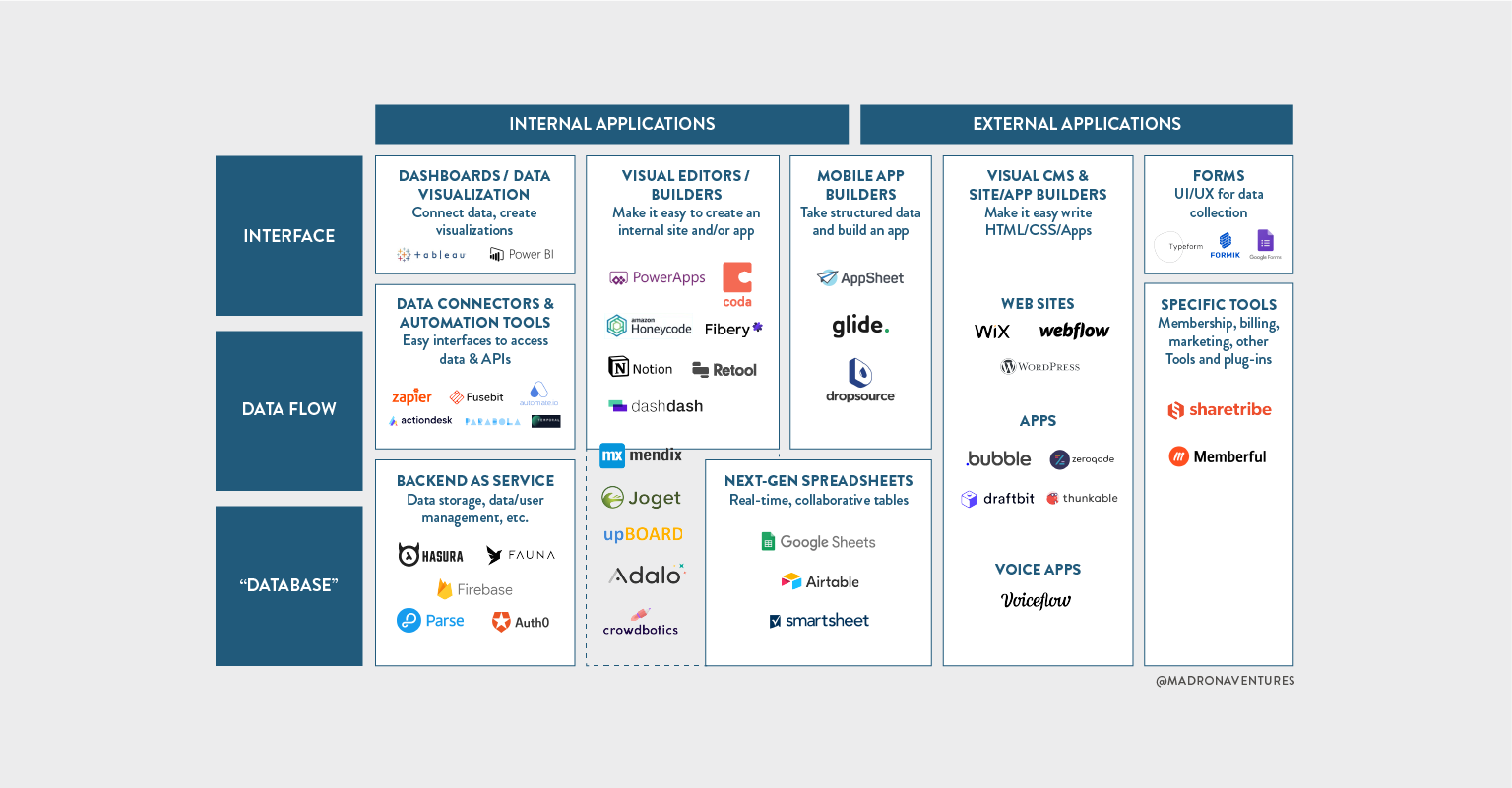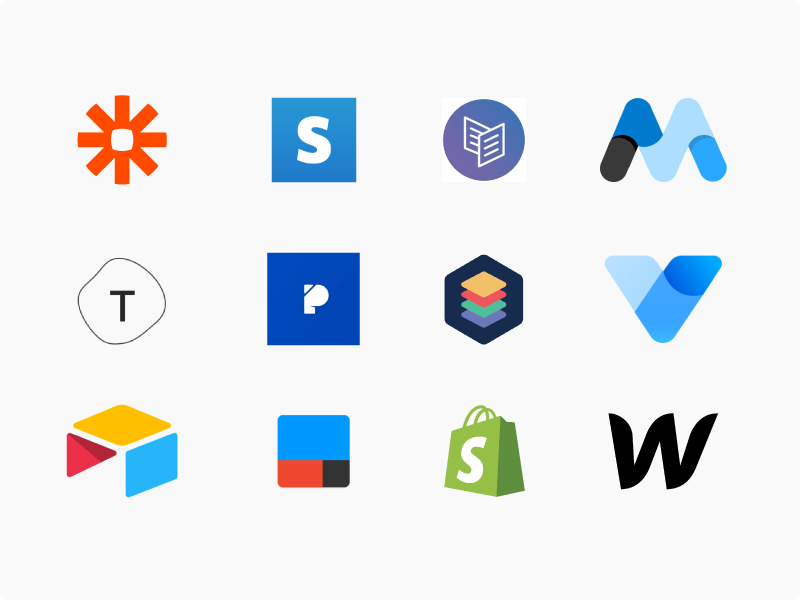No-Code Open Platform Data Source Creation: Streamline Complex Advancement Jobs
Wiki Article
Checking Out the Advantages of Scalable Data Sources That Call For No Coding Abilities for Effective Data Monitoring Solutions
The introduction of scalable data sources that eliminate the requirement for coding skills provides a transformative opportunity for organizations seeking effective data management services. By allowing non-technical users to harness the power of information via instinctive user interfaces, these systems boost ease of access and foster collaboration throughout varied teams. Their cost-effectiveness and flexibility to developing company demands can considerably improve functional processes. As we consider the effects of such developments, it ends up being critical to examine how they can improve the landscape of data monitoring and drive lasting development in an affordable environment.Boosted Access for Customers
Improved accessibility for individuals is a vital facet of scalable data sources, making sure that information administration systems are user-friendly and easy to use. In an age where data-driven decisions are paramount, accessibility permits a bigger array of customers, including those without considerable technical experience, to engage with database systems effectively. This democratization of data access assists in improved cooperation throughout departments, empowering employees to draw out insights and make informed choices.Easy to use interfaces, such as visual data and drag-and-drop attributes representation, simplify intricate data communications. These improvements minimize the learning curve connected with traditional database management, allowing customers to concentrate on leveraging information instead of facing technical complexities. Scalable data sources frequently incorporate real-time analytics and adjustable control panels, offering users with prompt insights tailored to their specific needs.

Cost-Effectiveness and Resource Savings
Reliable data management not just hinges on availability but likewise on cost-effectiveness and source cost savings. Scalable data sources developed for users with no coding skills substantially decrease economic worries normally related to conventional data source monitoring systems. By removing the demand for specialized programming competence, organizations can allot their sources a lot more effectively, focusing funds on core service tasks instead than considerable training or employing skilled employees.Moreover, these data sources usually utilize cloud-based services, which even more reduce expenses associated with hardware and upkeep. Organizations can scale their data source remedies according to their requirements, staying clear of the costs sustained from over-provisioning resources. This versatility implies businesses can adapt to altering demands without sustaining unneeded costs, bring about significant long-lasting savings.
Additionally, easy to use user interfaces improve information entry and monitoring processes, reducing the time spent on administrative tasks. This performance equates right into labor cost savings, permitting groups to concentrate on tactical initiatives as opposed to routine maintenance. Generally, taking on scalable data sources that need no coding skills fosters a more cost-efficient technique to information management, enabling organizations to maximize their resources while maintaining high levels of operational efficiency.
Improved Cooperation Across Teams

Furthermore, scalable databases assist in smooth interaction among staff member. With easy to use interfaces that need no coding skills, staff members can conveniently produce, change, and share records or dashboards customized to their particular needs. This democratization of information empowers non-technical users to contribute insights, improving the collaborative setting.
Additionally, these databases support simultaneous gain access to, allowing several users to deal with the very same dataset at the same time. This function improves productivity, as teams can engage in joint information analysis without the threat of version control issues. The check ability to leave notes or comments directly within the data source further advertises dialogue and makes clear data interpretations.
Streamlined Data Monitoring Processes
In today's data-driven setting, companies recognize the need of structured information administration processes to make the most of effectiveness and precision. By leveraging scalable databases that call for no coding skills, services can streamline their information handling and decrease the intricacies commonly connected with typical data source systems. This availability empowers non-technical individuals to engage directly with information, helping with quicker decision-making and decreasing dependence on specialized IT workers.Streamlined information management processes boost workflow by automating routine tasks such as information entry, recognition, and coverage. Automated information combination guarantees that info from different sources is aggregated flawlessly, eliminating silos and fostering a linked sight of essential business metrics (no-code). Easy to use user interfaces enable workers to manipulate data easily, allowing them to produce understandings that drive calculated initiatives without the demand for considerable training.
This effectiveness not only speeds up functional processes yet likewise lessens the capacity for human mistake, ensuring that information stays exact and trusted. Inevitably, streamlined information management processes with scalable data sources lead to boosted efficiency, permitting organizations to focus on core tasks while guaranteeing that their data monitoring practices are reliable and effective.
Scalability for Growing Services

For expanding enterprises, the ability to scale up or down is important. A scalable data source can deal with an increase of data created from brand-new clients, items, or services, making sure that company operations stay continuous. These data sources offer the ability to take care of peak loads efficiently, which is crucial during durations of fast growth or seasonal spikes.
Additionally, many scalable database solutions are designed with user-friendly user interfaces that visit this page require no coding skills, empowering non-technical team to take care of data properly (no-code). This democratization of information administration enables organizations to allot sources strategically and reduce dependency on specialized IT workers
Eventually, embracing a scalable database not just boosts functional performance yet likewise fosters a setting where organizations can develop and introduce without the restraints of traditional database systems. This versatility more tips here placements companies for long-lasting success in today's affordable landscape.
Verdict
In verdict, scalable databases that require no coding abilities offer substantial benefits for efficient information monitoring. By simplifying information administration procedures and using scalability for expanding companies, such options allow companies to adapt to altering needs effectively.Enhanced access for users is a crucial aspect of scalable data sources, making certain that data management systems are user-friendly and user-friendly.User-friendly user interfaces, such as aesthetic data and drag-and-drop functions depiction, simplify complex data communications. Generally, embracing scalable data sources that need no coding abilities promotes a more affordable method to data administration, enabling companies to maximize their resources while maintaining high degrees of functional effectiveness.
By leveraging scalable data sources that call for no coding skills, businesses can simplify their information handling and reduce the complexities usually connected with traditional data source systems - no-code.Structured data administration procedures improve workflow by automating routine jobs such as information entrance, recognition, and coverage
Report this wiki page